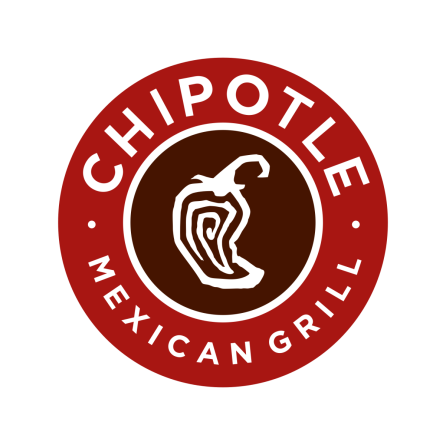The first category, commission errors, is the one that usually comes to mind: these are the mistakes we have made in the past, the stocks we have acquired or sold by mistake. I am sure that, like me, you have made such mistakes. You probably have stocks in your portfolio that bring such errors back to mind.
The second category, errors of omission, is more nebulous; it brings together all the decisions that we should have made, but which we did not make. These are mainly the stocks that we saw pass by, that we looked at and analyzed, opted not to buy, and which subsequently appreciated significantly.
Errors of omission are those that make us say, “I should have bought this stock.”
Errors of omission are those which do not appear on our charts. They simply go unnoticed – no one will blame you for not buying Amazon shares in 2005… even if you analyzed the stock closely at the time and decided not to buy it! The only person who may blame you is yourself.
One of the costly mistakes I made in the management of our managed portfolios concerned Chipotle (“CMG”). Most of you are probably familiar with this fast-casual restaurant chain that has been very successful in the United States for many years. In this case, I find that my error was even worse than a simple error of omission – it combines errors of commission and omission!
Let me explain.
In late 2015, illnesses linked to E. coli bacteria broke out among customers at several Chipotle restaurants. These incidents caused Chipotle’s stock to fall, but also had a very negative impact on its financial results in 2016 and 2017. However, at the end of 2017, we were alerted by the significant drop in the stock, which was then worth less than $300 from its peak of over $700 before the E. coli incidents. So, we took a close look at the company and bought the stock in November 2017 and February 2018 in one of our funds at an average price below $280 per share.
I wrote a chapter on this episode and on the details of our analysis of the stock in my book, Avantage Bourse.
It was obvious that our analysis was valid and prescient. A few months later, Chipotle stock had rebounded to over $450. This is why we made the decision to sell our shares (at an average price of more than $466), for a very attractive return of almost 68% in just over six months.
Well done? I still regret it.
It is to the financier Bernard Baruch that we would attribute the saying that “Nobody ever lost money taking a profit.” Our experience with Chipotle’s stock tells us that this saying can be particularly costly.
Indeed, how much is Chipotle stock worth today, a little less than six years after the sale of the rest of our shares? Around $2,900!
If we had kept our shares, we would have multiplied our initial stake by more than 10! This is a return of over 940% or a compound annual return of approximately 34%. Looking back, the return of 68% that we achieved seems very mediocre to me.
I consider this decision to sell our Chipotle stock to be one of my worst commission mistakes. Our reasoning encouraging us to buy the stock was excellent: we took advantage of a crisis (E. coli), that we considered temporary, to buy the stock of a quality company, whose business model we understood well, at an attractive price.
On the other hand, the decision to take quick profits was stupid and costly.
What was our error of omission? After making the mistake of selling Chipotle stock, we could very well have repaired it in the months that followed by buying back the stock, even if it meant paying more for it.
This episode will continue to remind me that we must hold on to our quality stocks for the long term and not sell them simply because they have given us good returns in a short time.
_______






